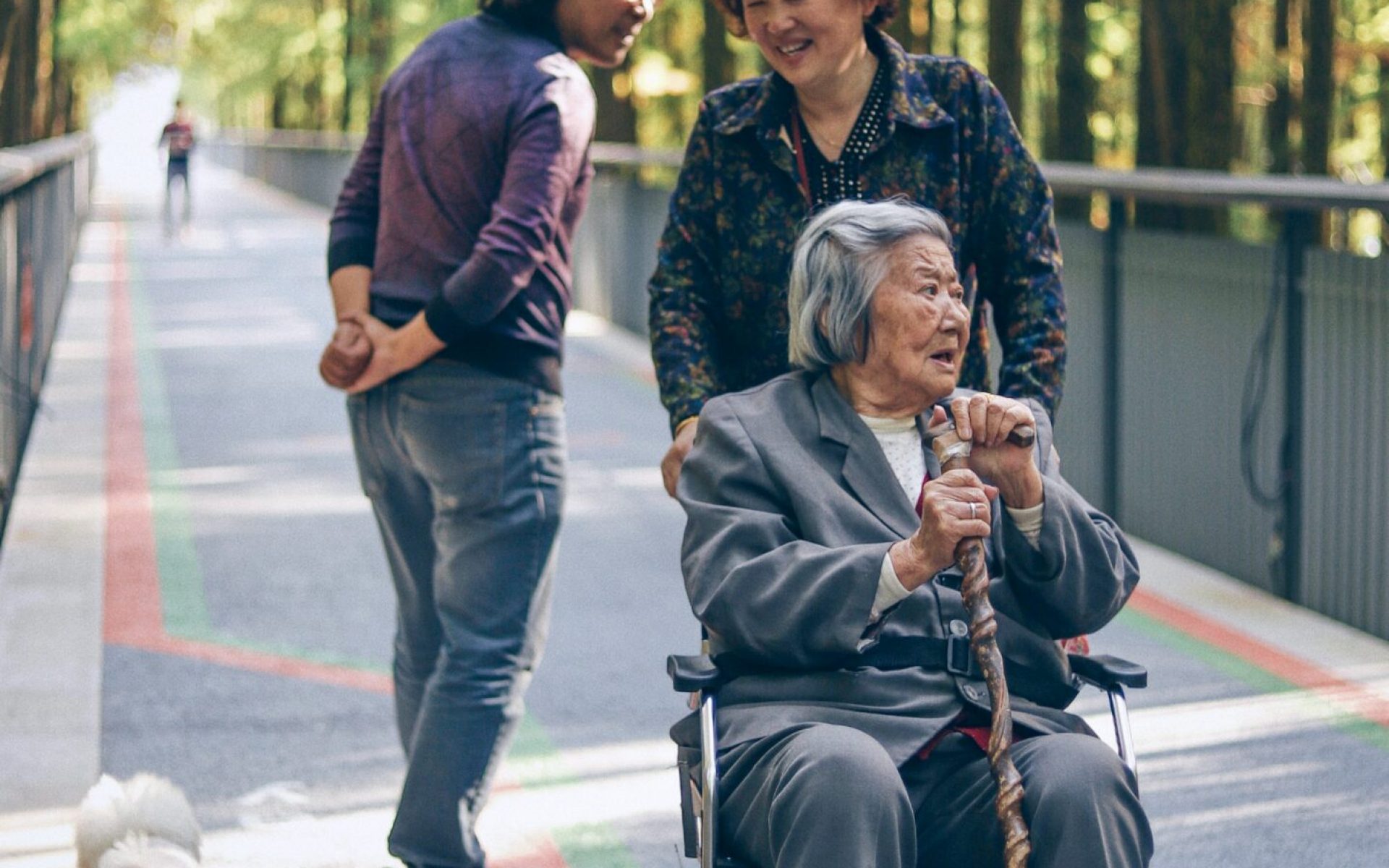Whether you build your accessible home from the bottom up or choose to make accommodations to an existing property you’ve bought, creating a home that you’re comfortable (and safe) living in can be quite the challenge. You may need to locate certain professionals such as a moving company, contractors, and handymen that specialize in moves for senior citizens or individuals with physical disabilities.
As you schedule your move, find a reputable moving company that specializes in moves for senior citizens and research your options before choosing one to make sure you’ve chosen the best option. Check the following three steps off your to-do list before you start building or retrofitting your new home for accessibility.
1. Decide How Your Desired Features Fit Your Budget
Building a house can be expensive, but this option may be less expensive overall if you need a lot of modifications and features that aren’t already built into most houses. Think about your overall budget and use a mortgage calculator to consider which option is the right choice for your situation.
If you choose to purchase your new accessible home already built, you may have special features in mind that must come with the house. You could look for a home with a built-in wheelchair ramp, handrails in the bathroom, and a walk-in tub or shower. If you use a wheelchair or walker, you may need wider doorways than the 36-inch standard.
2. Consider Purchasing and Retrofitting vs. Building From Scratch
You can build an accessible home with your own plans or with the assistance of a qualified architect — or you can download a blueprint for your new home that has accessibility built-in. Downloadable plans come in many shapes and sizes and can be modified to your specifications. For potential homebuilders, be sure to have a property surveyor take measurements of your land and determine boundaries and areas of electrical wiring long before breaking ground.
If you choose to retrofit an already existing home with accessibility features, work with a senior-friendly realtor to visit available properties and consider bringing in the contractor you’ve already found to make plans for accessibility upgrades. Keep in mind that it may be challenging to close a deal. Take care to note whether the doorways are wide enough and whether you can move comfortably in the space. Consider your budget and remember that your safety should always come first, and search out any available grants or financial assistance available to you.
3. Pay Special Attention To Kitchens and Bathrooms
Kitchens and bathrooms are two of the most important rooms for senior citizens to outfit for accessibility due to common safety issues. In the kitchen, you may need to be able to cook on the stove, use the sink, and reach the cabinets to avoid easily preventable burns, falls, and cuts. You may opt for a wheelchair accessible kitchen island complete with range hood. This can help you have an effective central location for preparing meals.
According to a survey completed by the AARP, 79% of seniors said that they wanted to add accessibility features to their bathrooms. Seniors may need handrails in place to prevent falls, non-slip flooring, or extra-bright lighting so that they can find their way around easily. A contractor who is familiar with your needs can help you find areas in your home that need improvement.
After you move, don’t be afraid to call your contractor back if part of the home isn’t working for you as it should. With patience and persistence, you will be able to build an accessible home that is both comfortable and safe for you.
At Eden Environments, we believe that your environment makes the difference between striving and thriving.
The space that you occupy is a critical component to your success! Good design and organization should not be a luxury, but a priority.
Article submitted by Ed Carter, ablefutures.org


